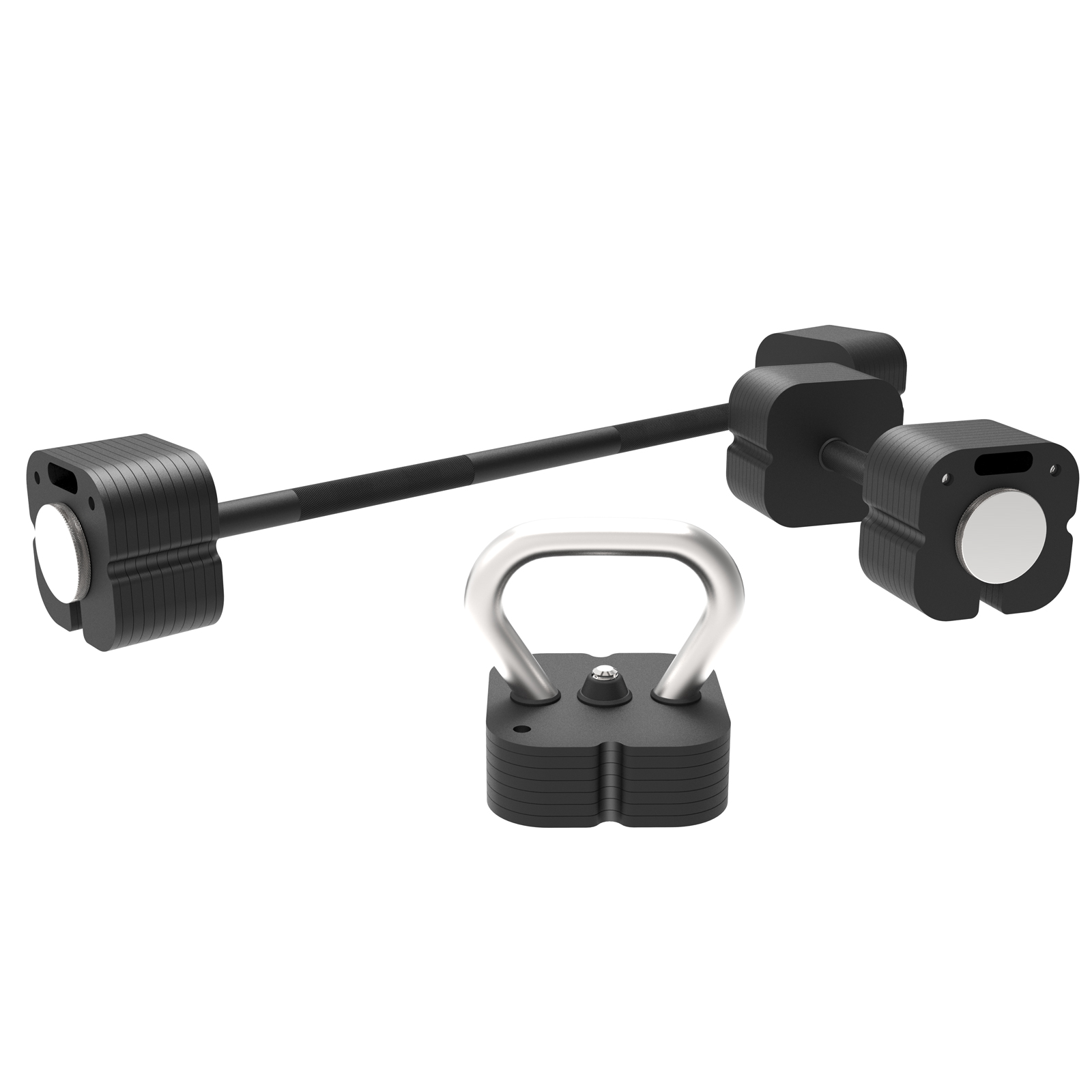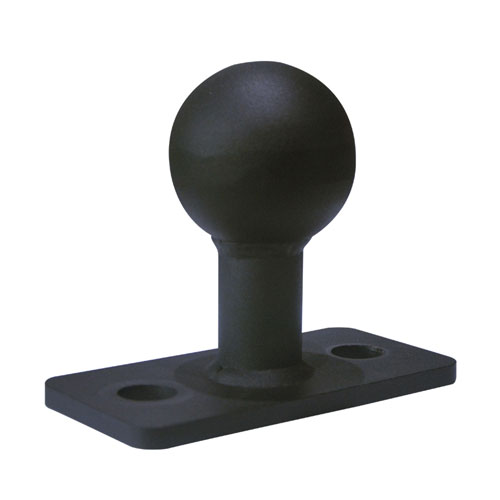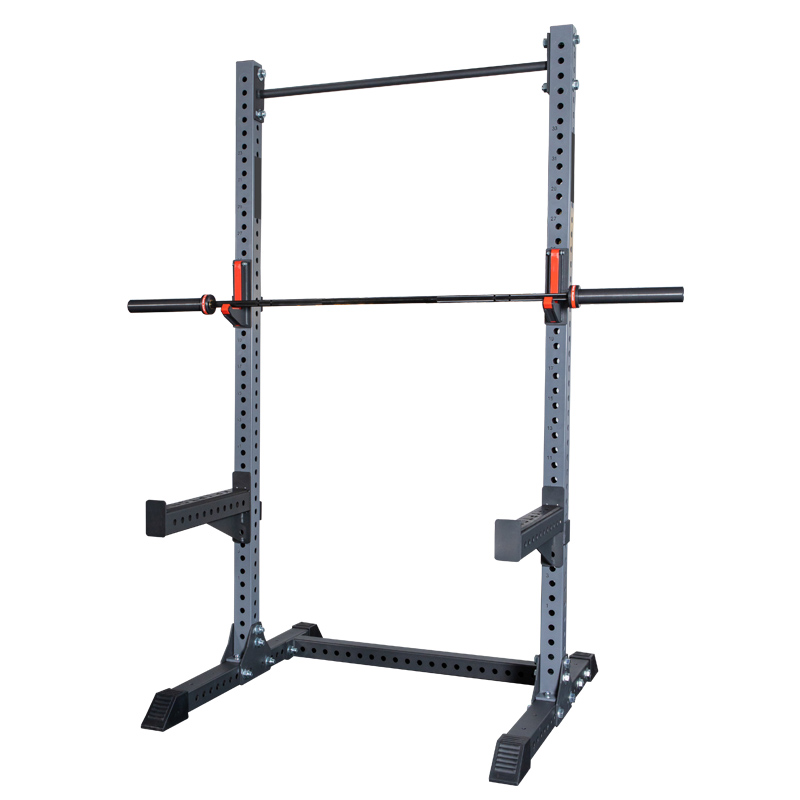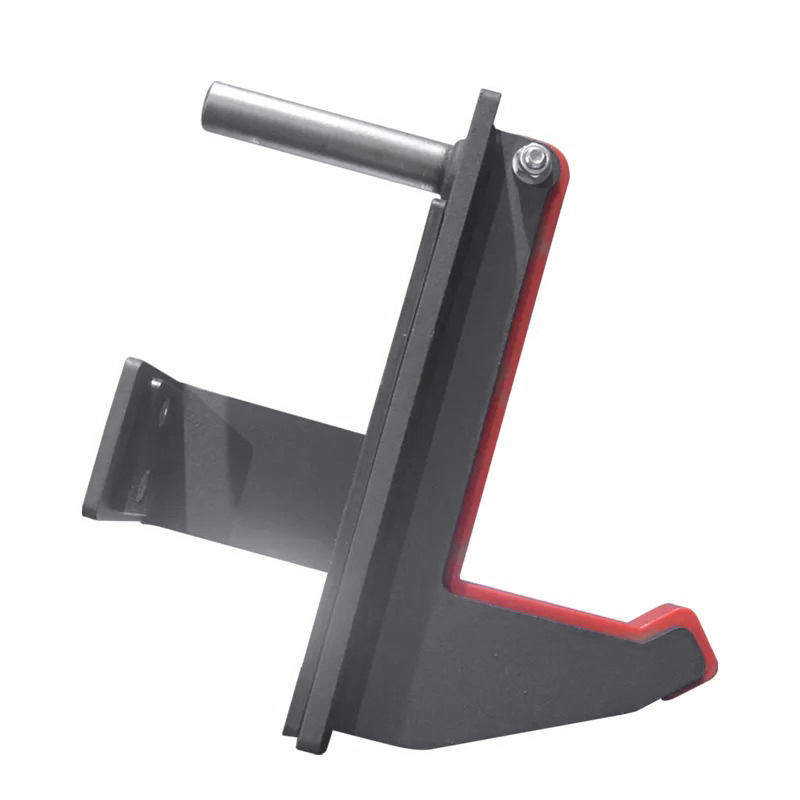How to Build a Stronger Lower Back with Dumbbells
A robust lower back is pivotal for various physical endeavors, from daily tasks to athletic pursuits. Dumbbell exercises offer a potent means to bolster this anatomical region, reaping an array of benefits.
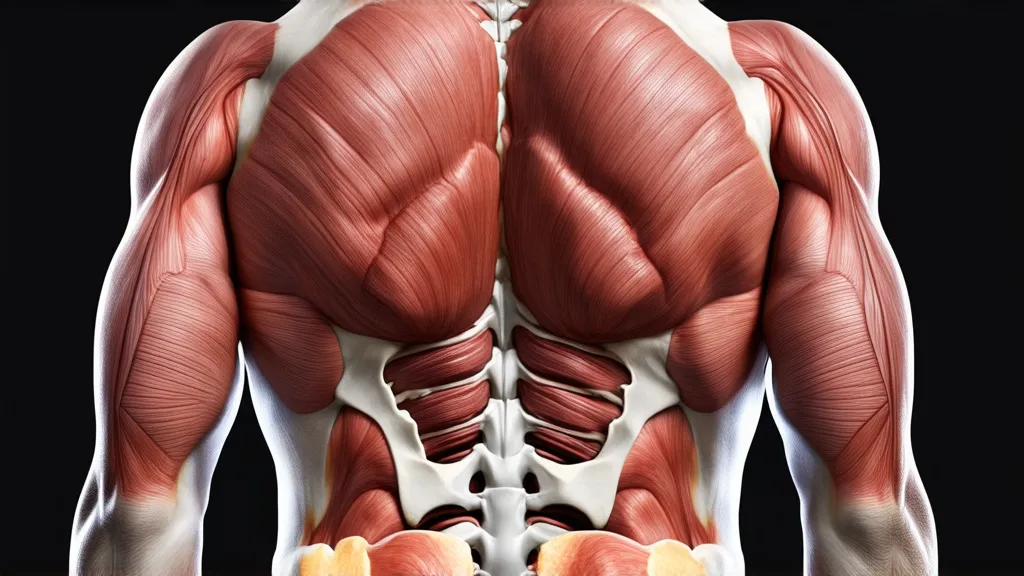
Understanding the Lower Back Muscles
The lower back, encompassing the lumbar region, is buttressed by an intricate network of muscles. Prime movers include the erector spinae, responsible for spinal extension, and the quadratus lumborum, which aids in rotation and lateral flexion. These muscles play a crucial role in maintaining posture, facilitating movement, and preventing injuries.
Choosing the Right Dumbbells
Selecting dumbbells of appropriate weight is paramount. Opt for weights that challenge your capabilities but do not compromise form. The grip and shape should be comfortable, ensuring optimal comfort and control.
Warm-Up Exercises
Prior to commencing exercises, engage in gentle stretches and dynamic movements to prime the lower back muscles. These preparatory maneuvers enhance mobility and minimize the risk of strain.
Top Dumbbell Exercises for the Lower Back
| Exercise | Benefits | Instructions |
|---|---|---|
| Romanian Deadlift | Targets hamstrings and lower back | Hinge at the hips, keeping back straight |
| Dumbbell Good Mornings | Isolates erector spinae | Bend forward at the hips, keeping core engaged |
| Back Extensions with Dumbbells | Strengthens lower back extensors | Lie on a bench with dumbbells on hips |
| Bird-Dogs with Overhead Dumbbells | Combines core and lower back strengthening | Place dumbbells on hands and knees, extend opposite arm and leg |
| Glute Bridge with Overhead Press | Targets gluteus and lower back | Lie on back with dumbbells in hands, lift hips and press dumbbells overhead |
Dumbbell Deadlifts
- Conventional Deadlift: Stand with your feet hip-width apart, dumbbells in an overhand grip. Hinge at the hips to lower the dumbbells, maintaining a neutral spine. Extend your hips to return to the starting position.
- Romanian Deadlift: Similar to the conventional deadlift, but with a narrower stance. Focus on isolating the hamstrings and gluteus maximus by fully extending the hips at the top of the movement.
- Single-Leg Romanian Deadlift: Stand on one leg, holding a dumbbell in the opposite hand. Lower the dumbbell towards the ground, keeping your back straight. Extend your hip to return to the starting position, improving balance and unilateral strength.
Lower Back Extension Variations
- Back Extension: Lie face down on a bench, holding dumbbells behind your head. Extend your lower back, raising your chest and legs off the bench.
- Glute Hamstring Raise: Sit in a dedicated machine with your legs extended. Lower yourself towards the ground by flexing your hips and knees, then extend your legs to return to the starting position. This targets both the lower back and hamstrings.
- Hyperextension: Assume a prone position with your lower abdomen supported by a bench. Extend your lower back by lifting your legs and hips off the bench, providing a deep stretch.
Stability and Balance Exercises
- Weight Shift: Stand with your feet apart, holding a dumbbell in one hand. Shift your weight from side to side, maintaining a stable lower back.
- Lateral Lunge with Dumbbell: Step laterally to one side, lowering your body into a lunge. Simultaneously, hold a dumbbell in the opposite hand, raising it overhead. This engages the transverse abdominis and obliques.
- Step-Up with Knee Drive: Step onto a platform, holding a dumbbell in one hand. Drive your knee towards your chest, enhancing dynamic stability and coordination.
Tips for Proper Form
- Maintain a neutral spine throughout exercises.
- Engage your core and glutes to support your lower back.
- Avoid excessive weight or improper movement.
Recovery and Nutrition
Muscle growth requires adequate rest and recovery. Allow ample time for your lower back muscles to regenerate. Additionally, a diet rich in protein is essential to support muscle repair and strength development.
Conclusion
Incorporating dumbbell exercises into your routine is a transformative strategy for forging a stronger lower back. By understanding the target muscles, selecting appropriate weights, and adhering to proper form, you can reap the benefits of these exercises. Remember to prioritize recovery and nutrition to maximize your gains. Embark on this journey today and witness the transformative power of dumbbells on your lower back.
FAQ about Dumbbell Exercises for Lower Back Strength
1. What are the best dumbbell exercises for strengthening the lower back?
The best dumbbell exercises for strengthening the lower back include Romanian Deadlifts, Dumbbell Good Mornings, Back Extensions with Dumbbells, Bird-Dogs with Overhead Dumbbells, and the Glute Bridge with Overhead Press. These exercises target key muscles such as the erector spinae, quadratus lumborum, and glutes, helping to build a strong, resilient lower back.
2. How do I know if I'm using the right dumbbell weight for lower back exercises?
Choose a weight that challenges you without compromising your form. Start with a moderate weight, and increase the load as your strength improves. You should be able to complete each exercise with controlled movement, ensuring your spine remains neutral throughout. If you feel pain or discomfort in your lower back, reduce the weight or consult a fitness professional.
3. Can I do dumbbell exercises for my lower back every day?
While it's important to train your lower back, overtraining can lead to injury. Aim to train your lower back 2–3 times per week, allowing 48 hours of recovery between sessions. On off days, focus on stretching, mobility, or other muscle groups to maintain balance and prevent overuse injuries.
4. How long will it take to see results from dumbbell exercises for the lower back?
Results can vary based on individual fitness levels and consistency. Generally, you can expect to start noticing improvements in strength and posture within 4–6 weeks of consistent training. However, for long-term benefits like injury prevention and muscle growth, it's important to stay committed to your routine and complement your exercises with proper recovery and nutrition.
5. What should I do if I experience pain during lower back exercises?
If you feel pain (not just discomfort) during any exercise, stop immediately. It's crucial to maintain proper form to prevent injury. Assess whether the weight you're using is too heavy or if you're performing the movement incorrectly. If the pain persists, consult a healthcare professional or physical therapist before resuming your workout routine.

